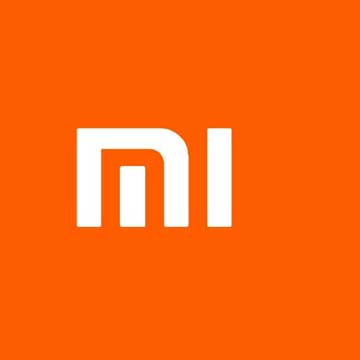
New Delhi: Xiaomi has once again topped the Indian smartphone market, with two global market research firms on Tuesday reporting an over 31 per cent market share for the Chinese smartphone maker -- a whopping 155 per cent annual shipment growth -- in the first quarter of 2018.
According to Hong Kong-based Counterpoint Research, Xiaomi led the Indian smartphone market with 31.1 per cent market share while Singapore-based Canalys said the company shipped over nine million units, giving it a market share of just over 31 per cent -- the highest ever for a vendor since Q1 2014 when Samsung had a 33 per cent share.
Samsung, with a 26.2 per cent share, was second, followed by Vivo at 5.8 per cent share in the smartphone segment, said Counterpoint.
Canalys, however, said Samsung with 25 per cent market share shipped just under 7.5 million smartphones -- growing by 24 per cent on last year. Oppo took third place with 2.8 million shipments, and Vivo fourth with 2.1 million shipments.
"Xiaomi is becoming a force to be reckoned with in India. Xiaomi's smartphones are now available in more places and in larger quantities. All in all, Xiaomi's product and channel strategies are working," said Canalys Research Analyst Ishan Dutt.
Xiaomi was the leader with 25 per cent market share in Q4 of 2017.
Xiaomi's recently launched Redmi 5, Redmi 5A and Redmi Note 5 have seen runaway success, with the Redmi 5A reaching record sales of 3.5 million in the first quarter.
In comparison, Samsung's best-selling device, the "J7 Nxt", shipped 1.5 million units, said Canalys.
This is the first time that the top five smartphone brands accounted for more than 70 per cent market share in a single quarter.
"Xiaomi and Samsung alone captured 58 per cent of the total smartphone market. Xiaomi's Redmi Note 5 and 5 Pro were the most popular models for the Chinese brand, whereas Samsung Galaxy J7 NXT and J2 (2017) drove volumes for the Korean vendor," said Anshika Jain, Research Analyst at Counterpoint.
Honor (Huawei) entered top five smartphone brands for the first time. Honor (146 per cent), Xiaomi (134 per cent) and OnePlus (112 per cent) were the fastest growing smartphone brands.
"India remains a huge investment for any smartphone brand. For smaller vendors, such as Gionee and Lenovo, the pressure on profitability has forced them to relook at their Indian strategies," said Canalys Research Manager Rushabh Doshi.
Lenovo's smartphone shipments were just short of a million units, falling by more than 60 per cent year on year while Gionee shipped an all-time low of 150,000 units with shipments down 90 per cent year on year.
"Q1 2018 started off with some brands sitting on inventory post the festive season in Q4 2017, which continued throughout the quarter as industry moves to a Full View display portfolio," noted Karn Chauhan, Research Analyst at Counterpoint.
Overall, the smartphone market in India grew at 8 per cent to 29.5 million units for the quarter.
The performance of Chinese brands remained strong, accounting for 57 per cent of the total smartphone market in Q1 2018, up from 53 per cent during Q1 2017.
In the feature phone segment, Reliance Jio topped with a massive 35.8 per cent share in the first quarter.
"The demand for JioPhone continued through Q1 2018 as Reliance Jio's feature phone market share raced from 0 per cent last year to 36 per cent in Q1 2018. This demand was catalysed by the introduction of a cheaper data plan," said Tarun Pathak, Associate Director at Counterpoint.
China based Transsion Group (the holding group of Tecno, Itel and Infinix) has become the fifth largest player with four per cent market share in Q1 2018 (combined for all three brands).
 New Delhi: Xiaomi has once again topped the Indian smartphone market, with two global market research firms on Tuesday reporting an over 31 per cent market share for the Chinese smartphone maker -- a whopping 155 per cent annual shipment growth -- in the first quarter of 2018.
New Delhi: Xiaomi has once again topped the Indian smartphone market, with two global market research firms on Tuesday reporting an over 31 per cent market share for the Chinese smartphone maker -- a whopping 155 per cent annual shipment growth -- in the first quarter of 2018.